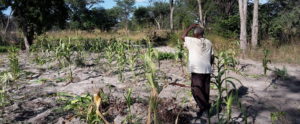
Human-wildlife impacts are among earth’s most pressing conservation challenges, and an ecologist at Colorado State University is studying how to reduce those impacts.
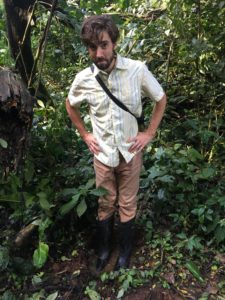
Jonathan Salerno, assistant professor in the Department of Human Dimensions of Natural Resources, and other researchers surveyed over 700 households in three countries within Africa’s Kavango–Zambezi Transfrontier Conservation Area (KAZA), the largest terrestrial transboundary conservation area in the world. Their goal was to quantify the costs of wildlife impacts by crop depredation –primarily studying impacts by elephants.
The large-scale study, which appears in the journal Conservation Biology, resulted in suggestions for strategic land-use policies that could decrease crop raiding while allowing people access to resources to offset losses from the negative human-wildlife impacts.
Human-wildlife overlap
Human-wildlife impacts can be a complex challenge in places like KAZA, where people’s land and resource use are constrained by conservation, Salerno said. KAZA protects 250,000 savanna elephants –half the world’s remaining population – but the region is also home to farmers whose crops border the perennial water sources elephants and other wildlife frequent.
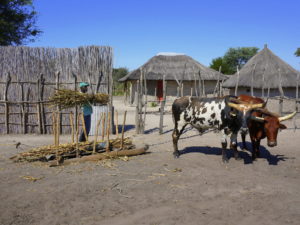
As the area under biodiversity protection increases, spatial overlap and resource competition between wildlife and humans grows, Salerno said. The result is recurring negative human-wildlife impacts.
“It’s necessary to take aggressive steps to protect wildlife, especially in areas that have managed to maintain intact elephant populations through a global poaching crisis,” Salerno said. “However, we also need to quantify how wildlife negatively impact people so those impacts can be reduced or offset.”
KAZA’S human-wildlife interactions also have impacts on livelihoods that are extremely vulnerable to adverse and changing climate conditions.
“Imagine a household farming maize under low and variable rainfall conditions. Yields are low and uncertain, but the household depends on them for subsistence,” Salerno said. “If elephants eat or destroy half the harvest, this already vulnerable farmer is even less food-secure.”
Participatory mapping insights
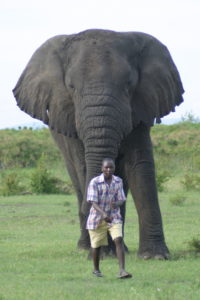
Along with crop depredation, researchers also studied coping mechanisms by farmers impacted by wildlife.
“We’re trying to tease apart not just impacts that climate or wildlife have on vulnerability, but how people respond and adapt,” Salerno said.
The study revealed that crop depredation was widespread. Over half of the sample households were affected, and with their household food security reduced significantly, farmers were left to find other sources of food and ways to support their families.
Researchers asked participants to identify where and how they used natural resource “sheds” – the surrounding area providing edible plants or marketable products – to fall back on and to compensate for crop loss. They used this information to create maps that provided insight into how communities respond to crop depredation events.
“The hope is to promote policies to enable these strategies while allowing for greater agency in decision-making,” Salerno said.
Next steps
KAZA is a mixed-use landscape that lies within the boundaries of five nations, so land use and policy vary over the expanse. This creates challenges to creating functional social-ecological landscapes for humans and elephants, Salerno said.
The widespread crop depredation due to spatial overlap and resource competition revealed in the study implied that KAZA will benefit from more nuanced strategic land planning. This could mean the designation of landscape-scale movement zones for natural wildlife migration routes while allowing resource access by people. Limiting agriculture in these movement zones also could decrease crop depredation instances.
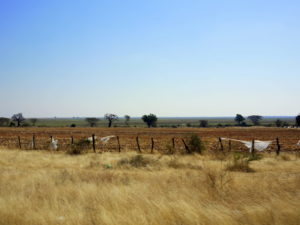
“Most importantly, communities need to be included in the decision-making of dynamic land planning,” Salerno said. “Overall, effective land-use policy can provide households with more consistent ways to buffer themselves against the adverse effects of living with wildlife. This is one potential pathway to human-wildlife coexistence.”
The KAZA crop depredation study is part of a larger National Science Foundation-funded research effort examining human and natural system responses to climate and environmental change.
Salerno’s research in human-wildlife coexistence continues with his involvement in the new Center for Human-Carnivore Coexistence in the Warner College of Natural Resources at CSU. The CHCC focuses on integrating science, education, and outreach to minimize conflict and facilitate coexistence between humans and wildlife.